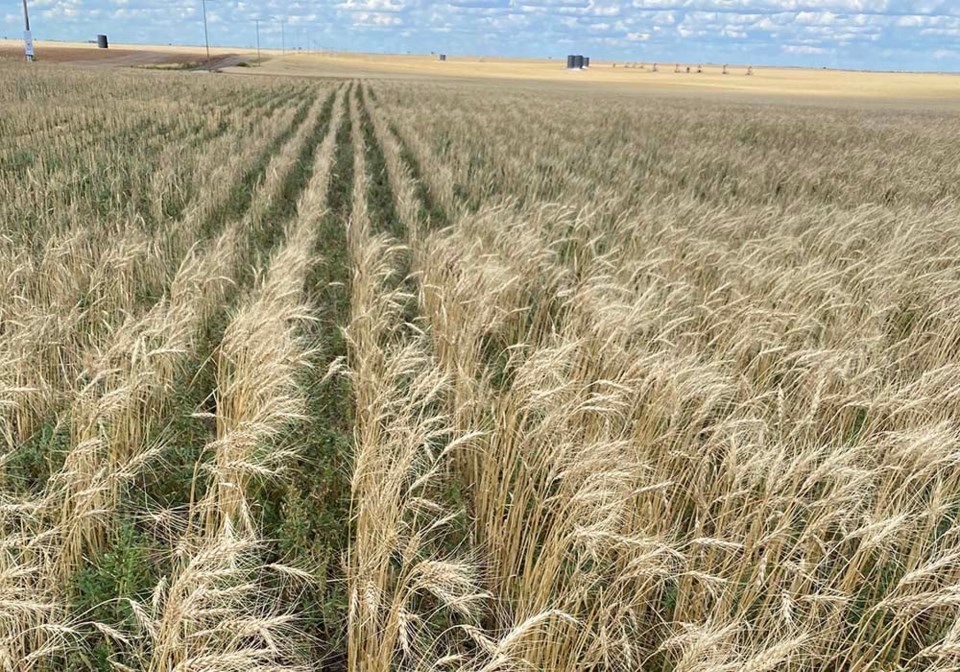WESTERN PRODUCER — Thanks to climate change, there’s now a greater risk of simultaneous crop failures in different regions of the world, says research published in Nature Communications.
The scientists behind the paper, released in early July, say current weather models “underestimate” the risk of drought and extreme heat in North America, Europe, China and elsewhere in the same year, which means that food shortages are more likely in the future and shortages could be more severe than anticipated.
“Concurrent weather extremes driven by a strongly meandering jet stream could trigger such events,” the paper says. “Here we find an increased likelihood of concurrent low yields during summers.”
The concept behind the research is that patterns in the jet stream are the main driver of weather extremes in mid-latitude regions of North America, Europe and China.
If the jet stream becomes more wavy or more loopy because of climate change, there is a greater likelihood of extreme weather. And the jet stream can get stuck in a certain pattern, where a region like Western Canada suffers through a dry period of weather for months.
“(Climate models) underestimate temperature and precipitation anomalies during wave events,” the paper says.
“(This) may translate into particular underestimated risk to crop productivity in key breadbasket regions.”
In other words, poor crop yields in Canada, the United States, Europe, India and China in the same year — or at least, that’s the theory.
But not all scientists support the theory.
“It’s definitely not agreed upon,” said Barrie Bonsal, a climatologist with Environment and Climate Change Canada in Saskatoon. “Some studies say yes. We’re starting to see a little bit of a trend. They (the jet streams) are getting more loopy or persisting for longer periods of time. Other studies say we don’t have enough evidence (to say that).”
There are four major jet streams, two polar and two subtropical, says the National Oceanic and Atmospheric Administration.
“Jet streams are narrow bands of strong wind that generally blow from west to east all across the globe,” NOAA says. “However, if a weather system is far away from a jet stream, it might stay in one place, causing heat waves or floods.”
So, if the polar jet stream meanders north of the Prairies and remains stuck in that pattern for June and part of July, there is a greater risk of a heat wave and drought in Western Canada.
But the evidence doesn’t show that this is happening more frequently — in North America or other parts of the world.
“If you have more of them (waves in the jet stream), you have more loops and you can get more extreme weather,” Bonsal said.
“(But) the observational analysis hasn’t quite proven that. And the models haven’t quite proven that.”
There’s also the issue of where the jet stream dips south during the growing season.
There could be a scenario where Montana, Alberta and western Saskatchewan are on the hot and dry side of the jet stream but Minnesota and Manitoba are relatively wet.
This means some regions in North America have poor crop yields and others are above average.
That said, the study published in Nature Communications could be partly correct. There could be a greater chance of extreme weather in multiple regions, in the same year.
“Concurrent crop failures in major crop-producing regions constitute a systemic risk,” the paper says. “Understanding the likelihood of concurrent crop failures… is important for increasing the resilience of the global food system.”




